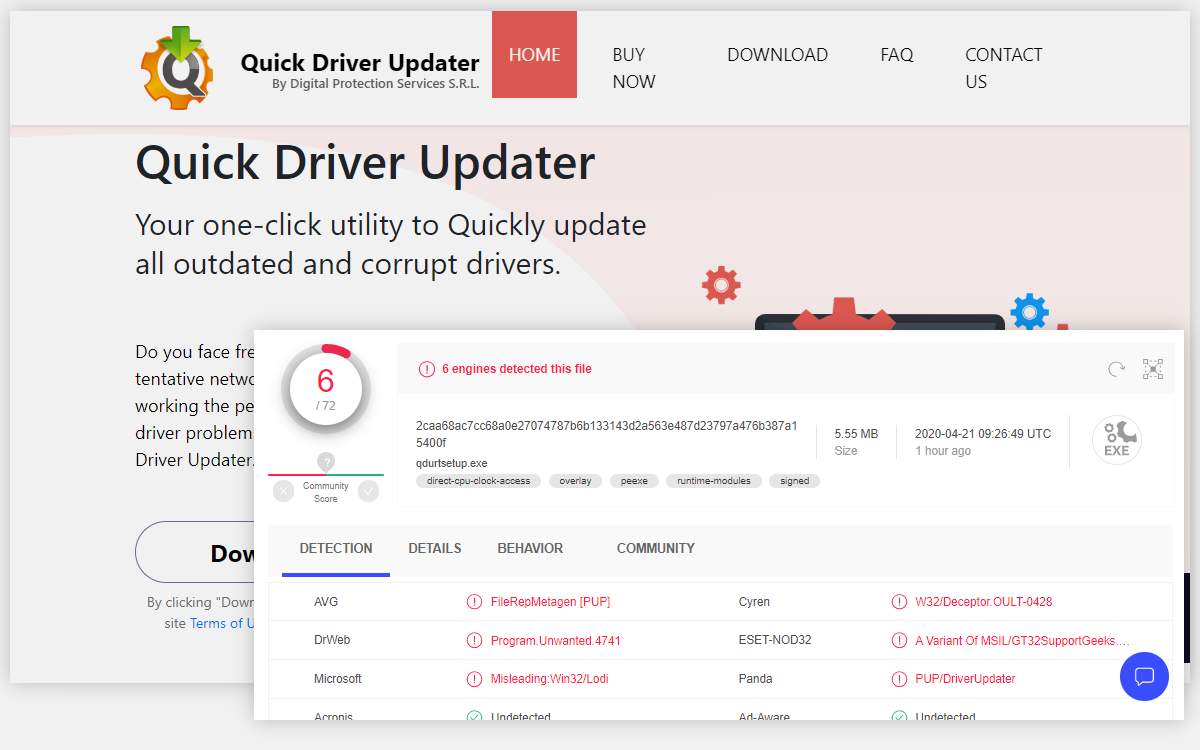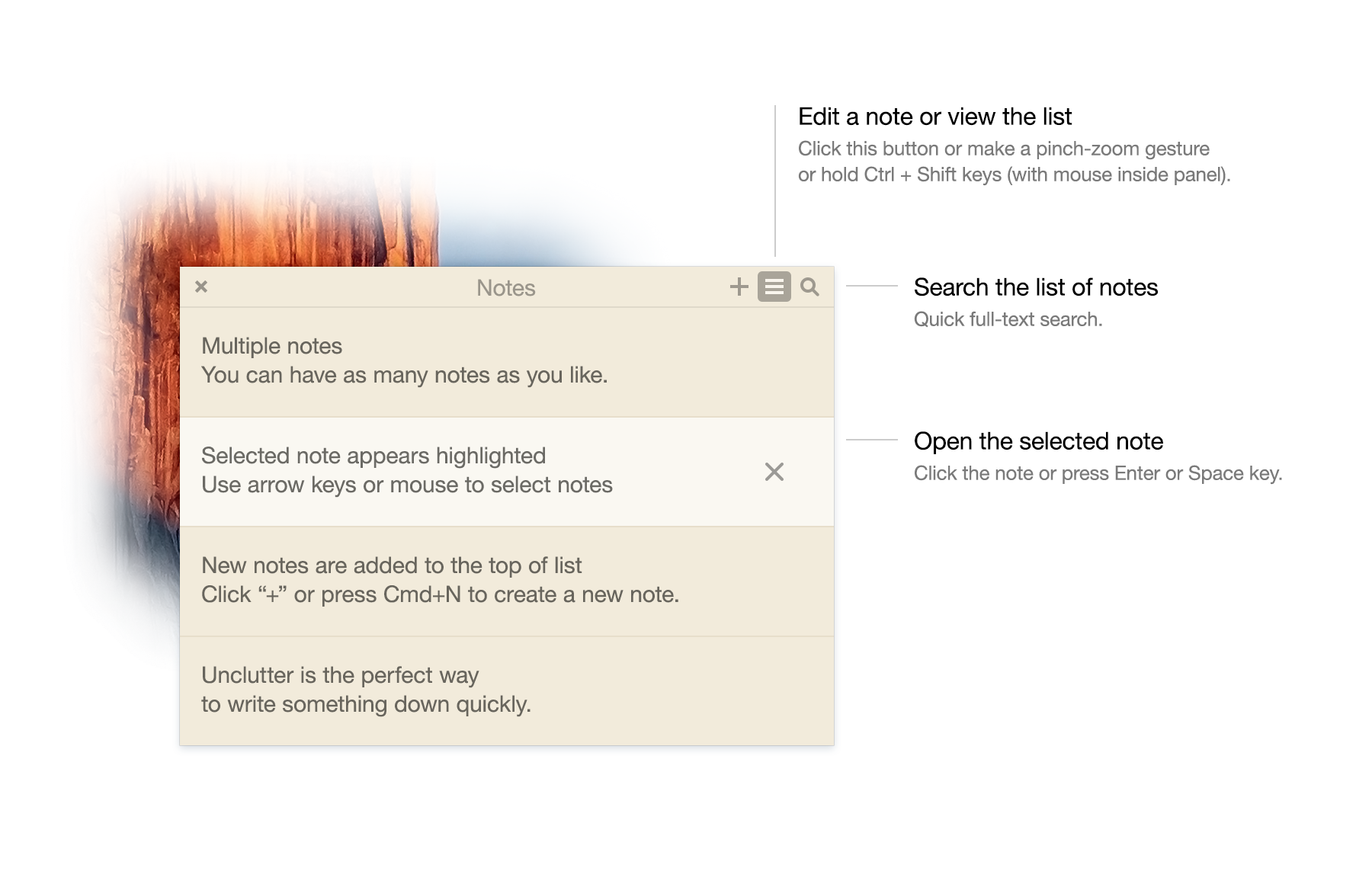
Because Linux is freely redistributable, anyone may create a distribution for any purpose. Distributions intended for servers may omit graphics altogether, or include a solution stack such as LAMP. Desktop Linux distributions include a windowing system such as X11 or Wayland, and a desktop environment such as GNOME or KDE Plasma. Commercial distributions include Red Hat Enterprise Linux and SUSE Linux Enterprise.


Popular Linux distributions include Debian, Fedora Linux, and Ubuntu, which in itself has many different distributions and modifications, including Lubuntu and Xubuntu.

#Remove quick note mac software
Many Linux distributions use the word "Linux" in their name, but the Free Software Foundation uses the name " GNU/Linux" to emphasize the importance of GNU software, causing some controversy. Linux is typically packaged in a Linux distribution.ĭistributions include the Linux kernel and supporting system software and libraries, many of which are provided by the GNU Project. Linux ( / ˈ l iː n ʊ k s/ ( listen) LEE-nuuks or / ˈ l ɪ n ʊ k s/ LIN-uuks) is a family of open-source Unix-like operating systems based on the Linux kernel, an operating system kernel first released on September 17, 1991, by Linus Torvalds. GPLv2 and others (the name "Linux" is a trademark ) Most distributions include a desktop environment ( GUI).So bookmark this page and revisit it for new shortcuts you haven’t tried. Those you decide to use most often will become such habits, you won’t even think about it, while others make be tough to remember. Select a table: Command + A while your cursor is in the tableĪs you can see, there are tons of keyboard shortcuts for Notes on Mac.Select a column: Shift + Up Arrow or Down Arrow.Select a row: Shift + Left Arrow or Right Arrow.Add a break within a cell: Option + Return.Add a column to the left: Option + Command + Left Arrow.Add a column to the right: Option + Command + Right Arrow.Add a row above: Option + Command + Up Arrow.Add a row below: Option + Command + Down Arrow.If you work with tables in your notes, these keyboard shortcuts are handy: Mark or unmark a checklist item: Shift + Command + U.Add a line break in a list: Control + Return.Move a list item down: Control + Command + Down Arrow.Move a list item up: Control + Command + Up Arrow.Decrease a list level: Command + Left Bracket or Shift + Tab.Increase a list level: Command + Right Bracket or Tab.Use Checklist formatting: Shift + Command + L.If you like to use lists in Notes, whether bulleted, numbered, or checked, keep these shortcuts in mind: Zoom out of a note: Shift + Command + Less Than Sign (Zoom in on a note: Shift + Command + Greater Than Sign (>).Decrease the text size: Command + Hyphen (-).
#Remove quick note mac plus
Increase the text size: Command + Plus Sign (+).Use Body formatting: Shift + Command + B.Use Subheading formatting: Shift + Command + J.Use Heading formatting: Shift + Command + H.Use Title formatting: Shift + Command + T.You can format your notes and add things to them with quick keyboard shortcuts:



 0 kommentar(er)
0 kommentar(er)
